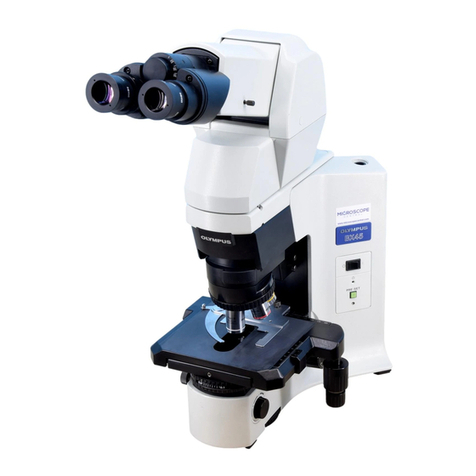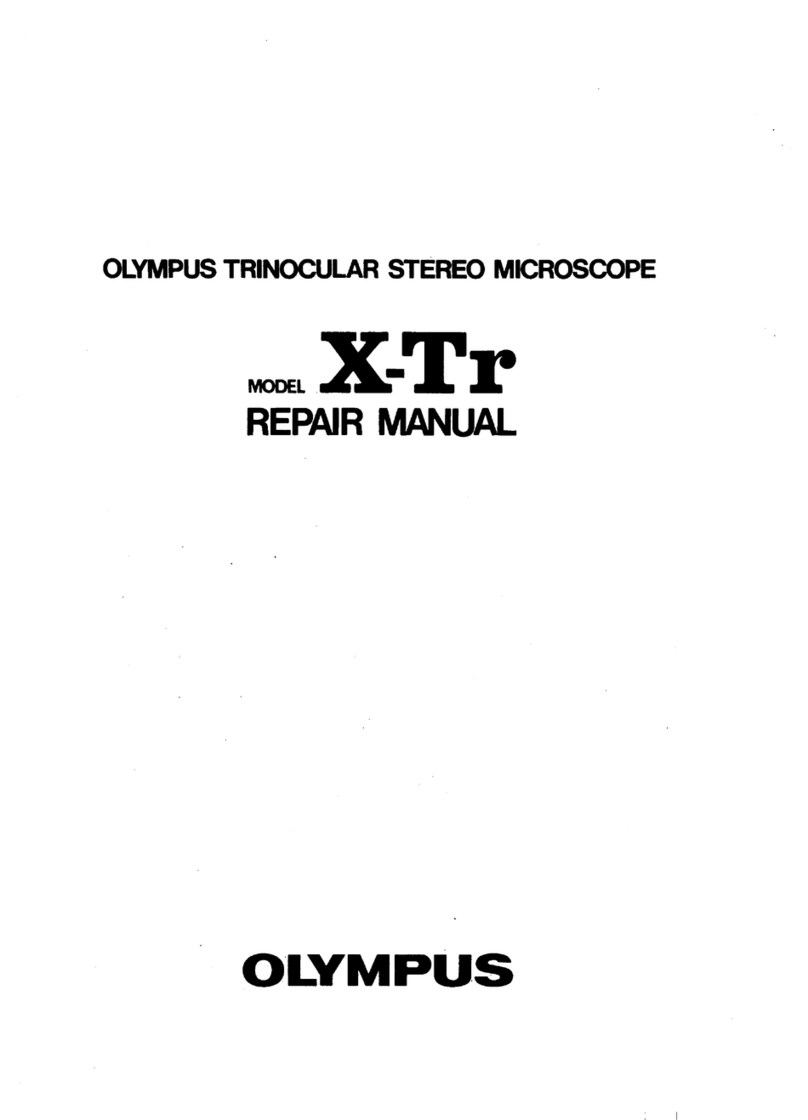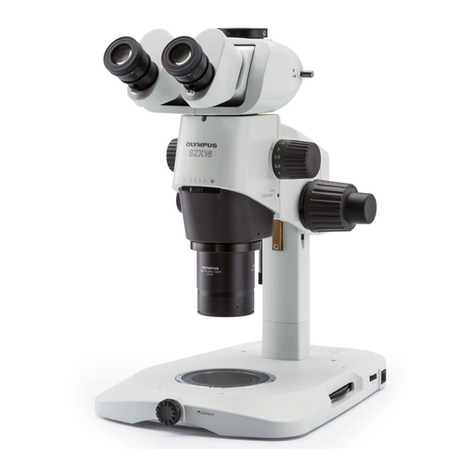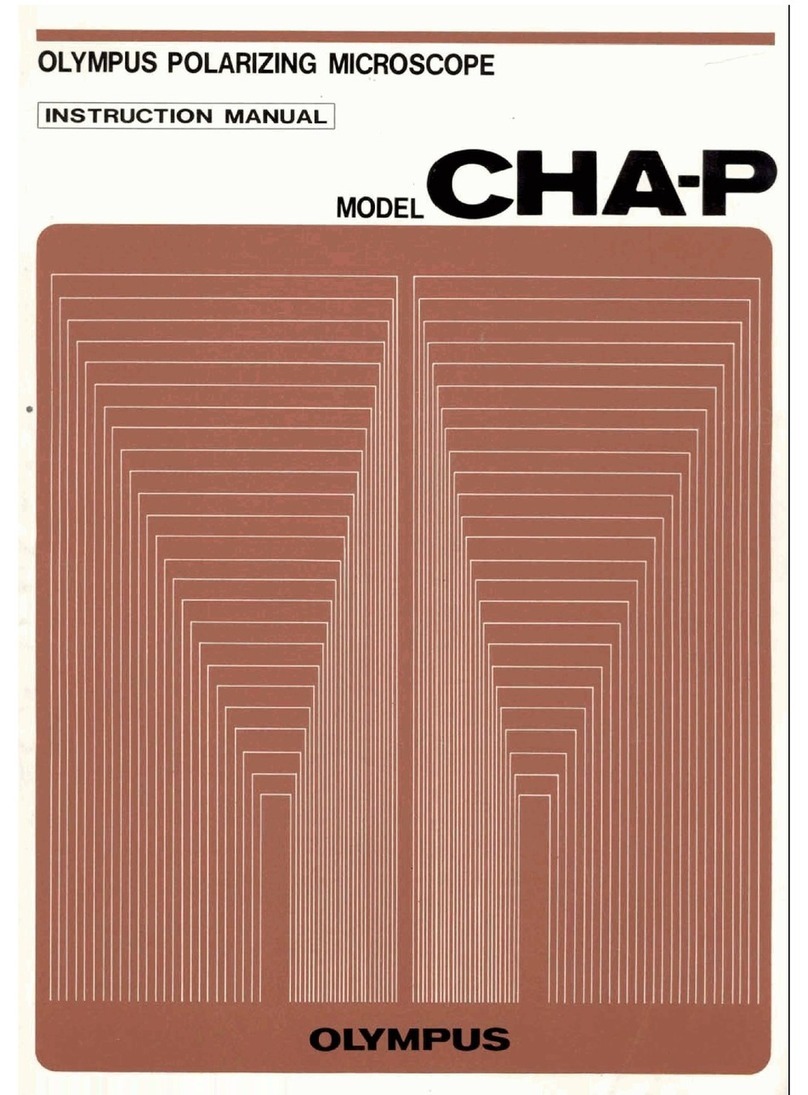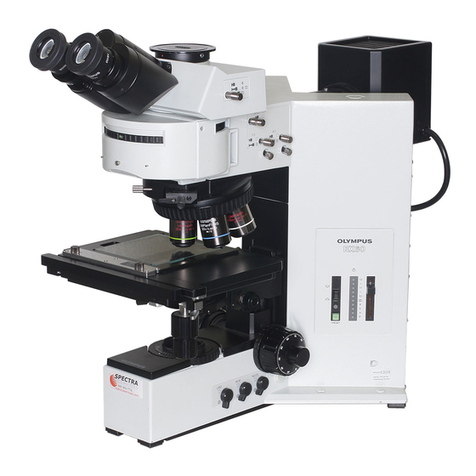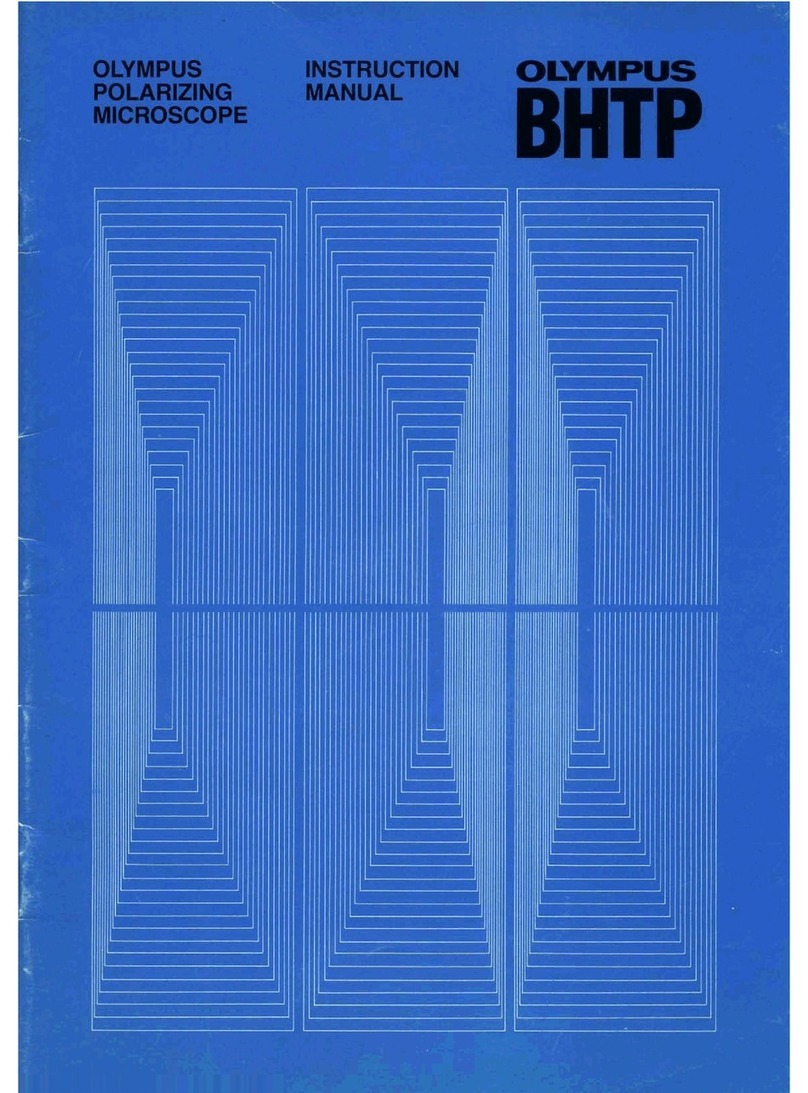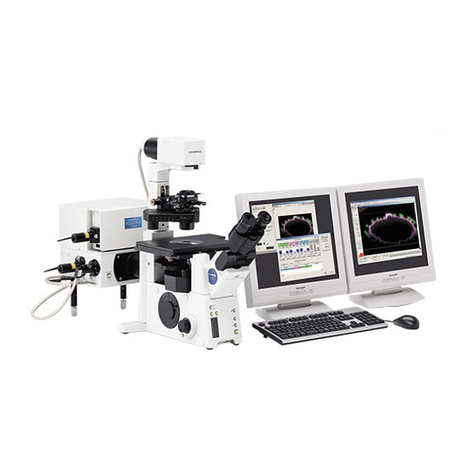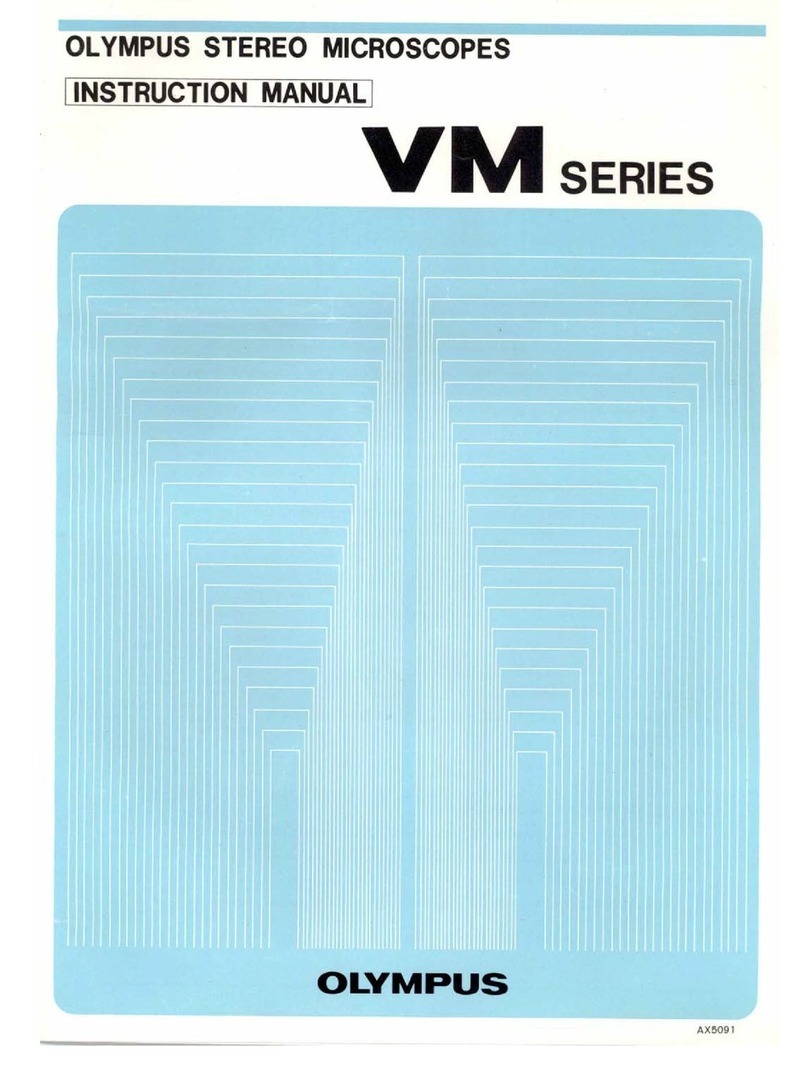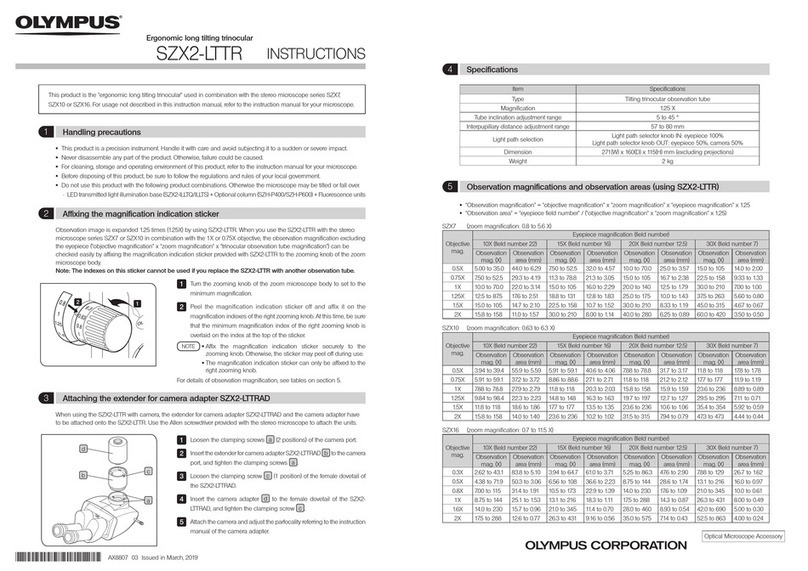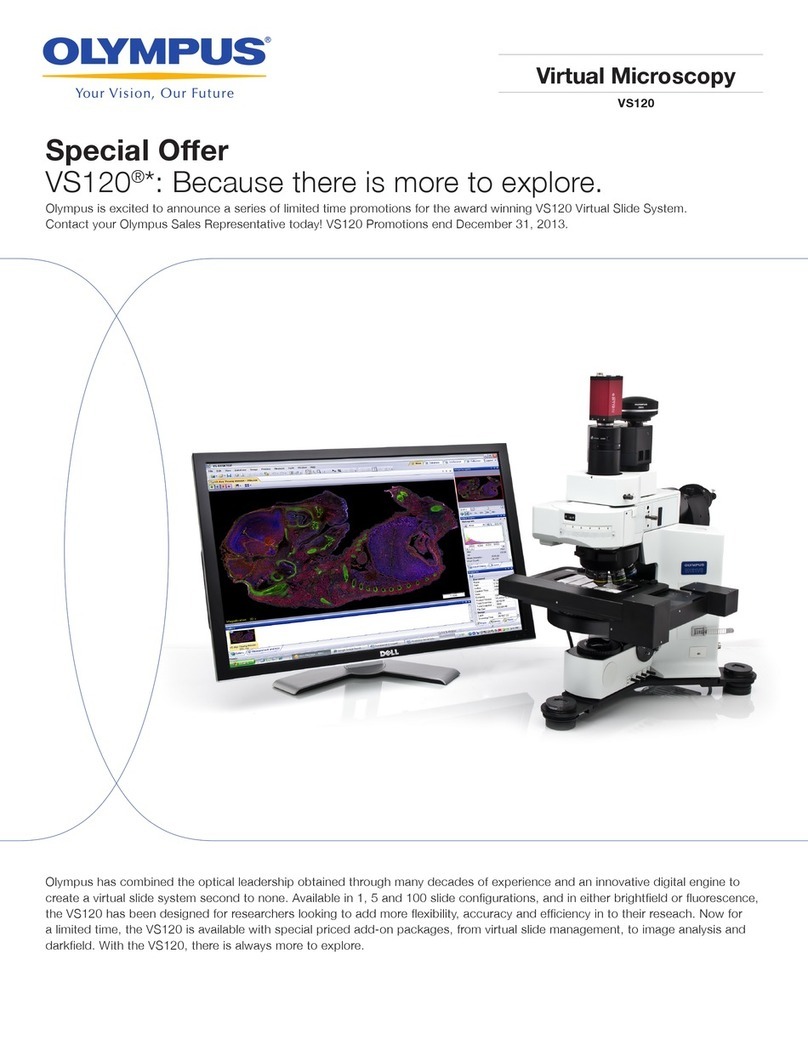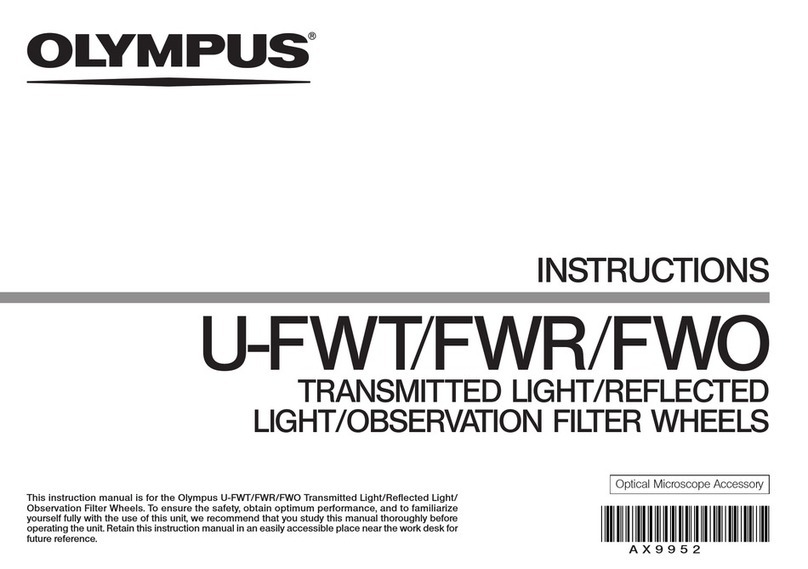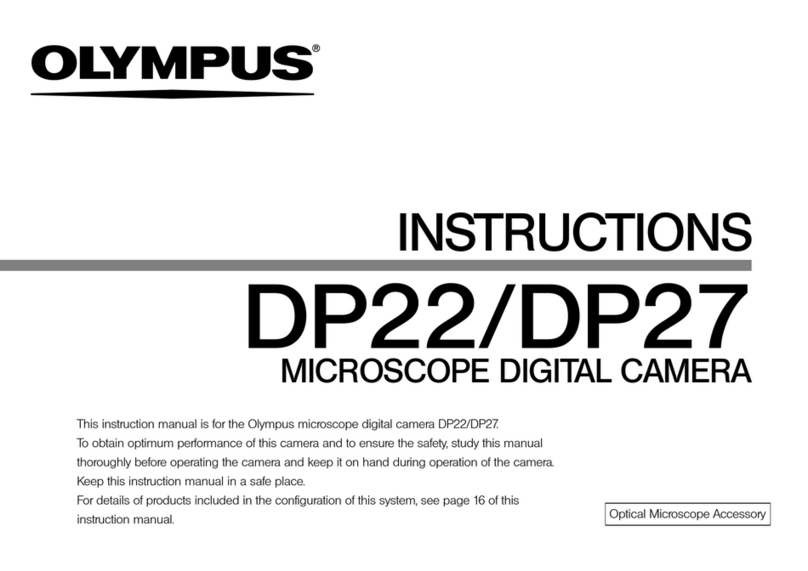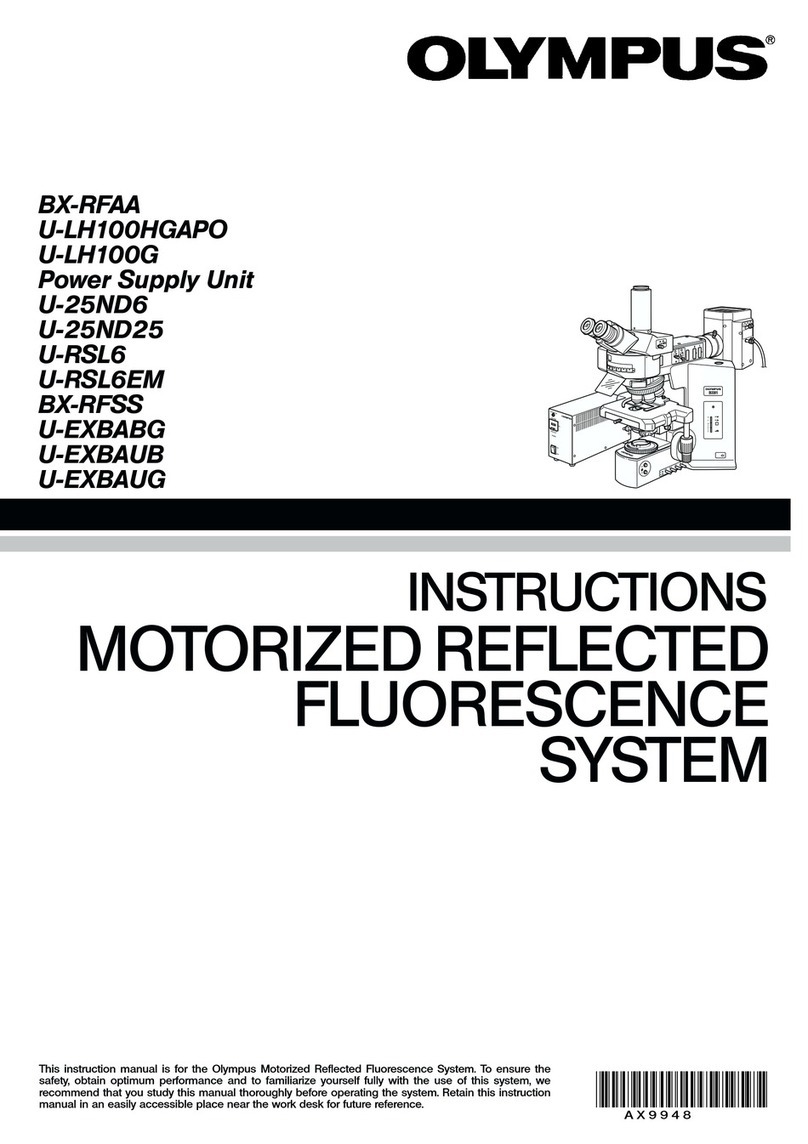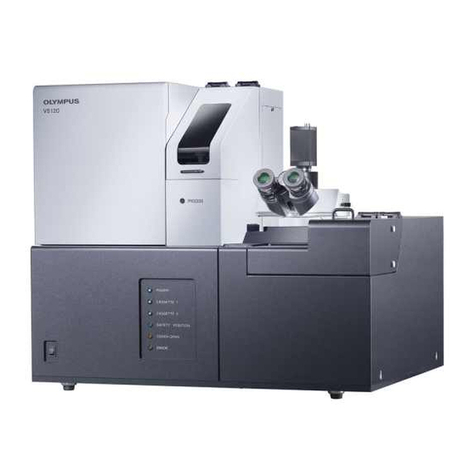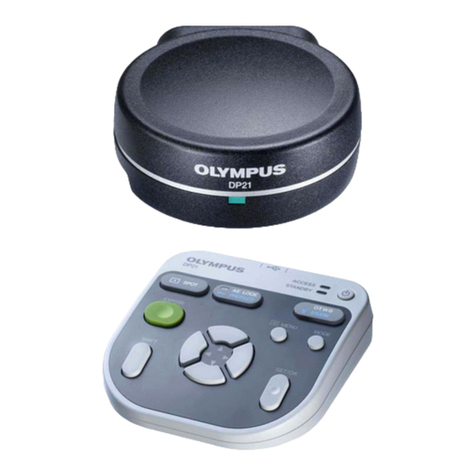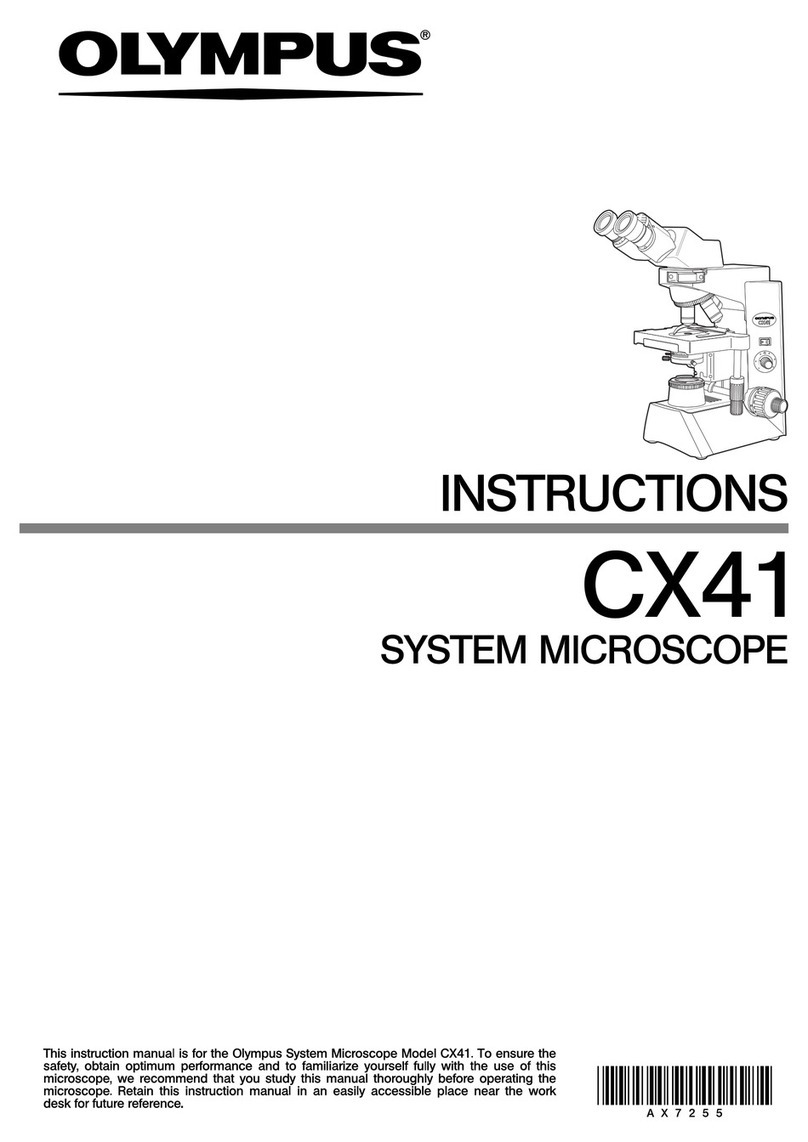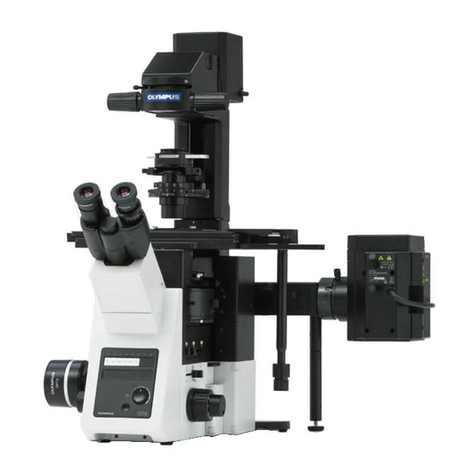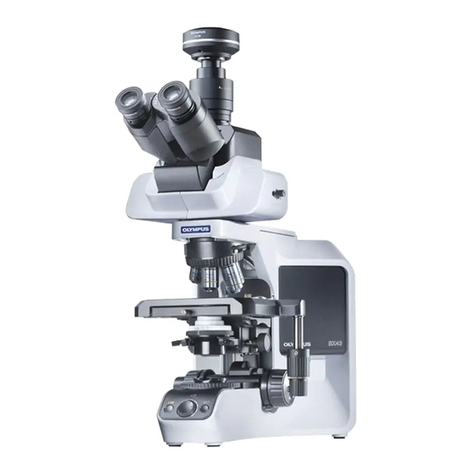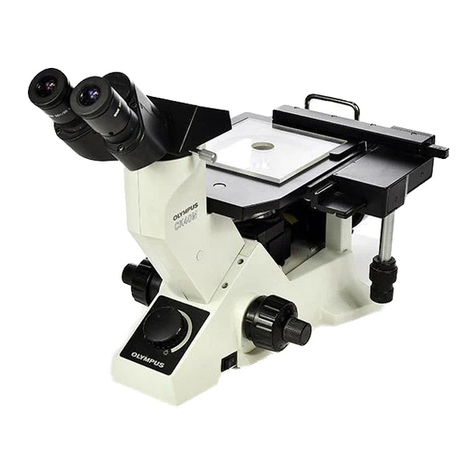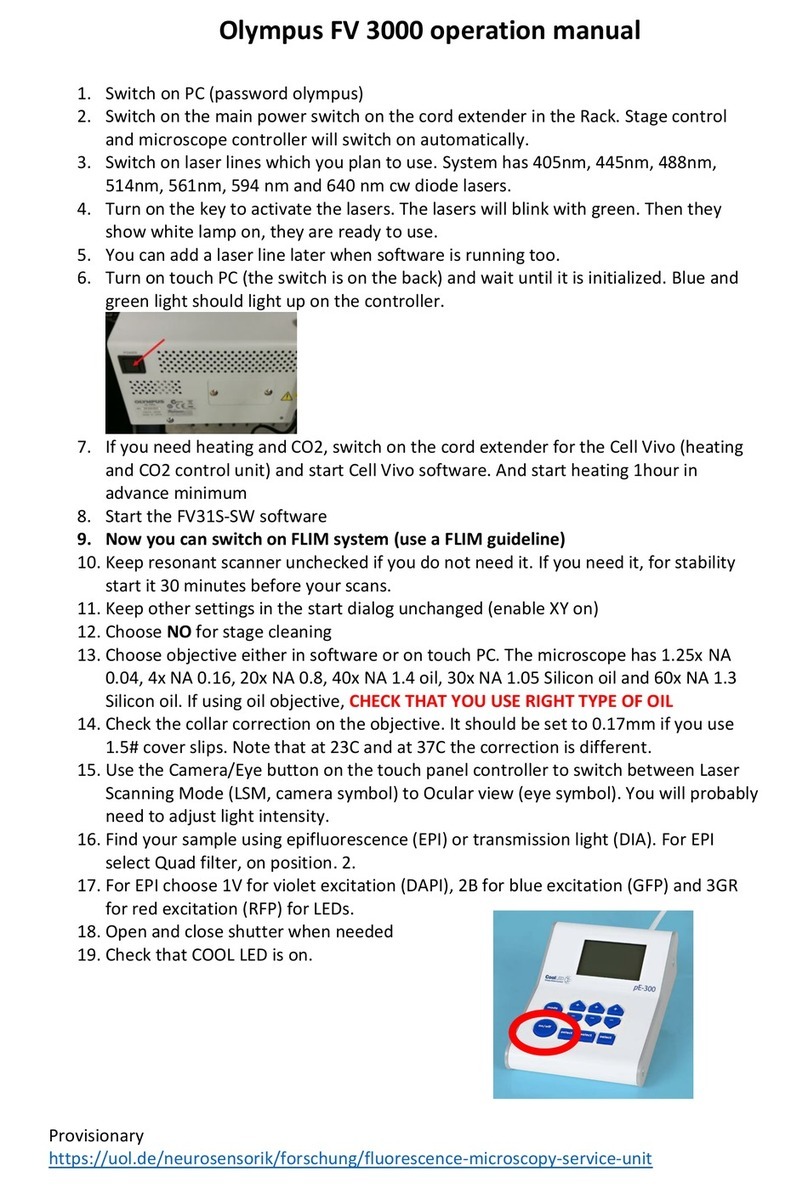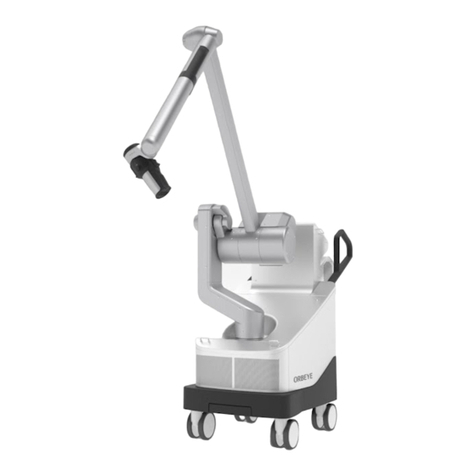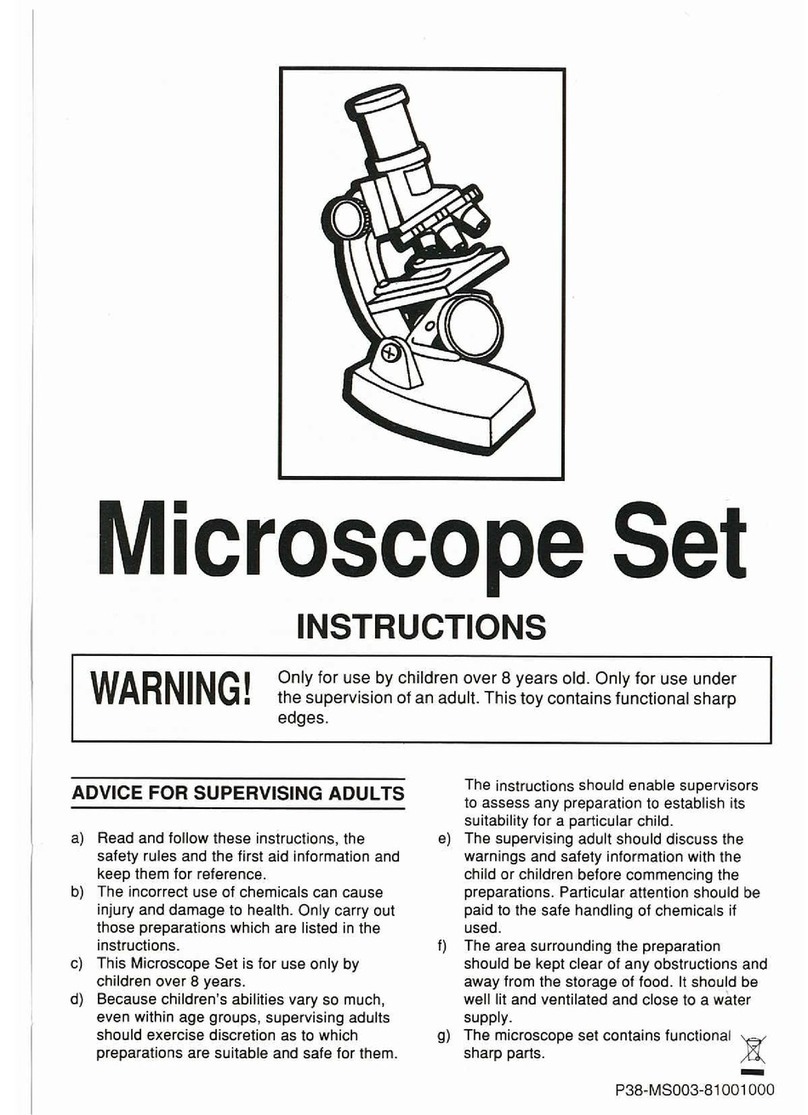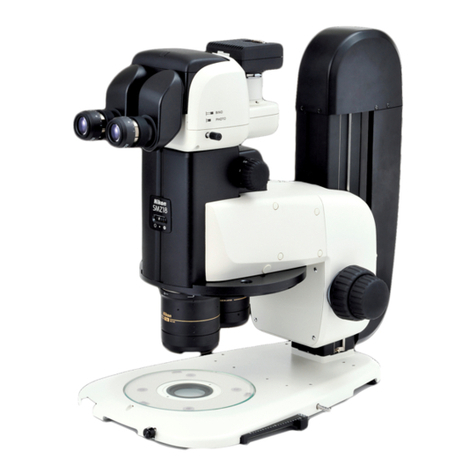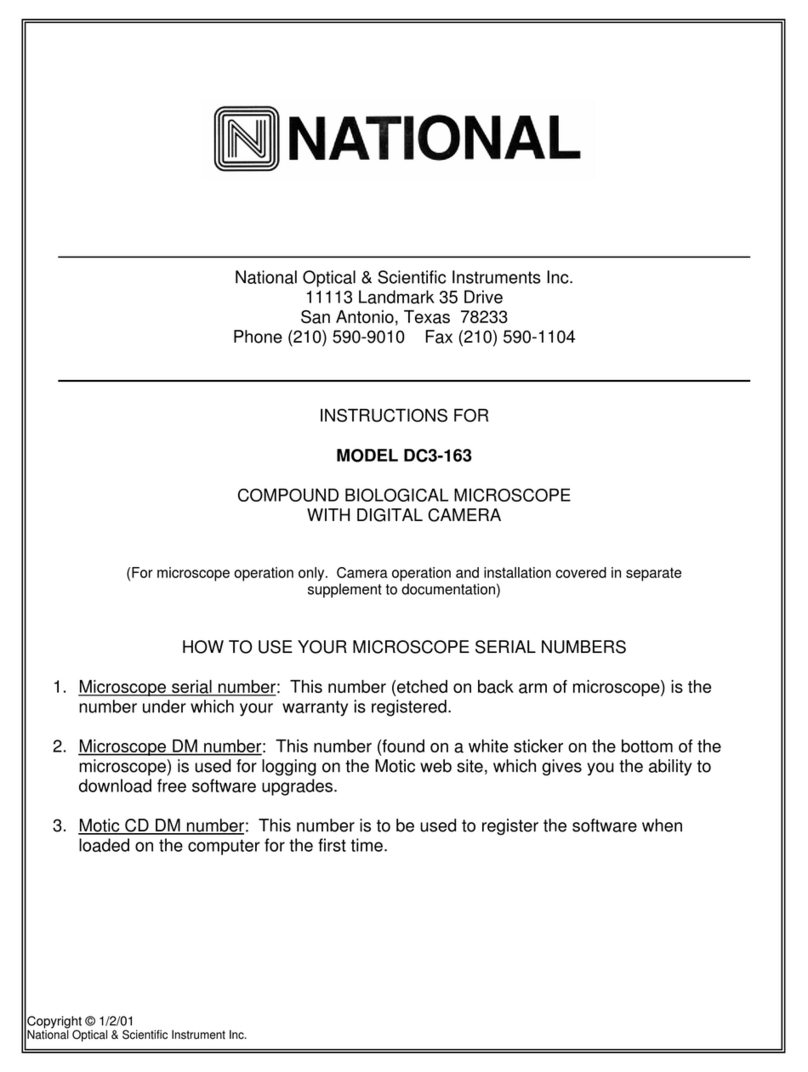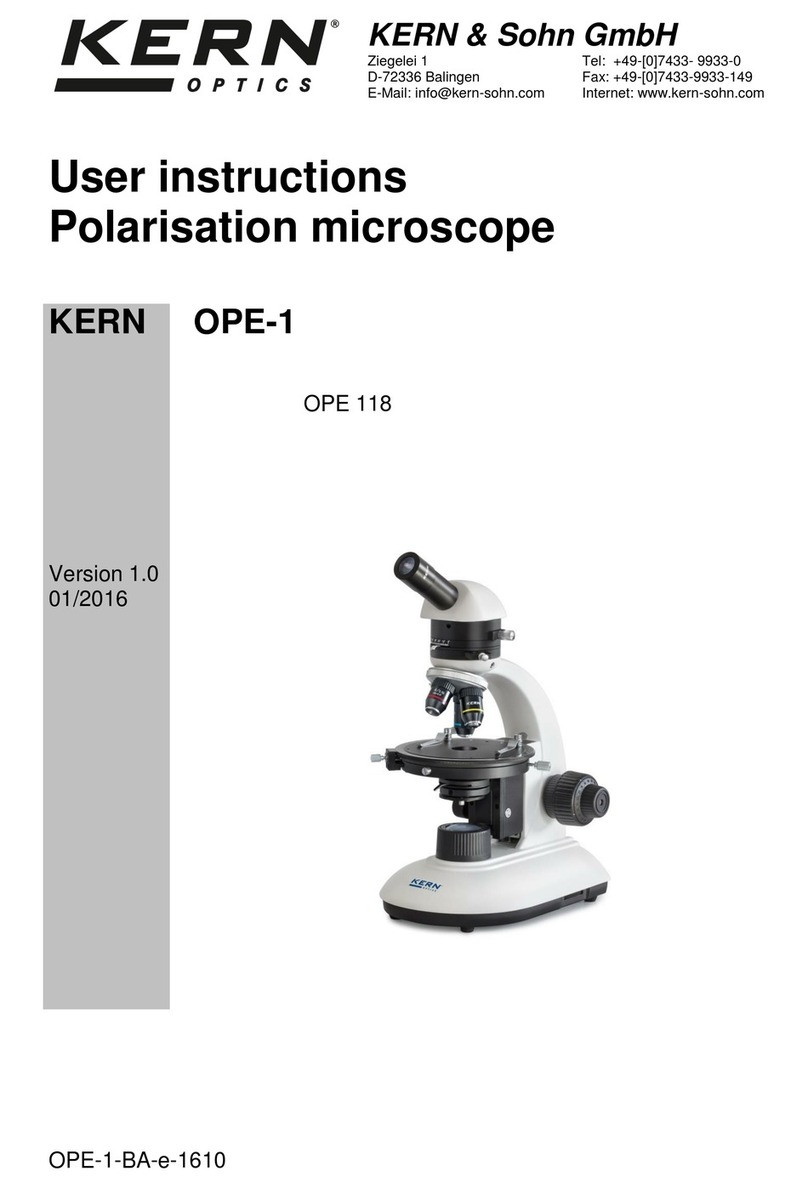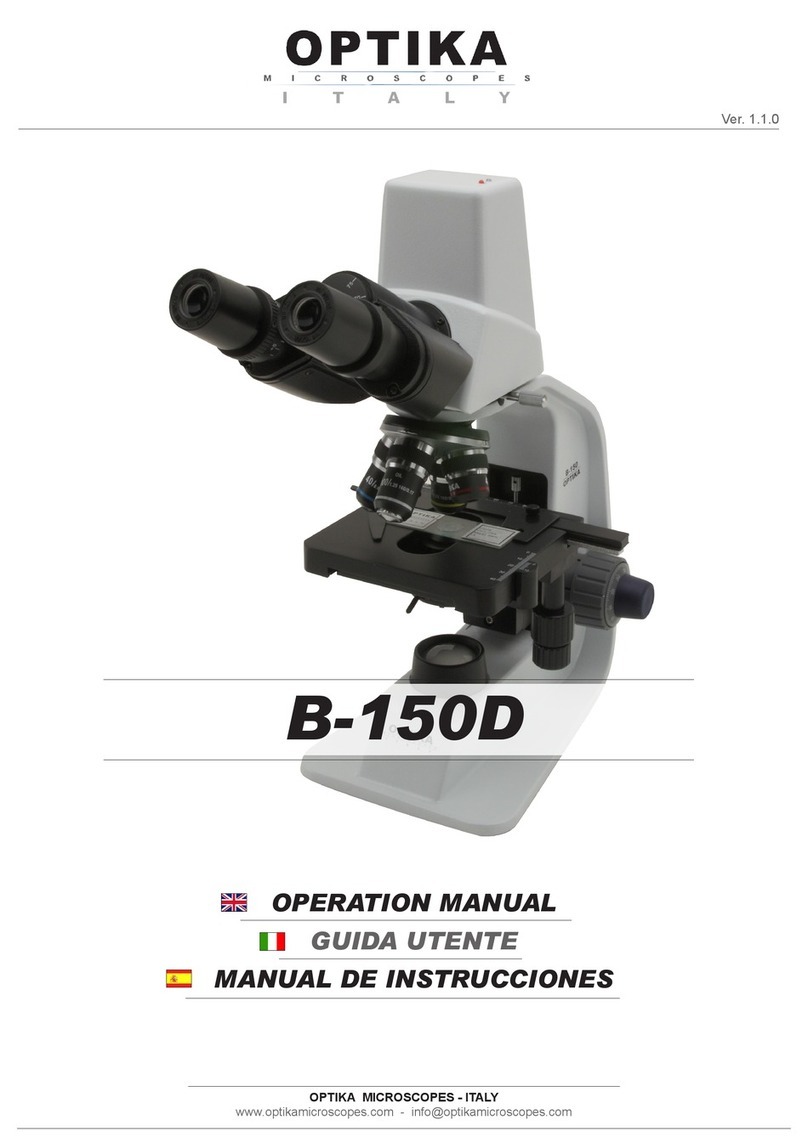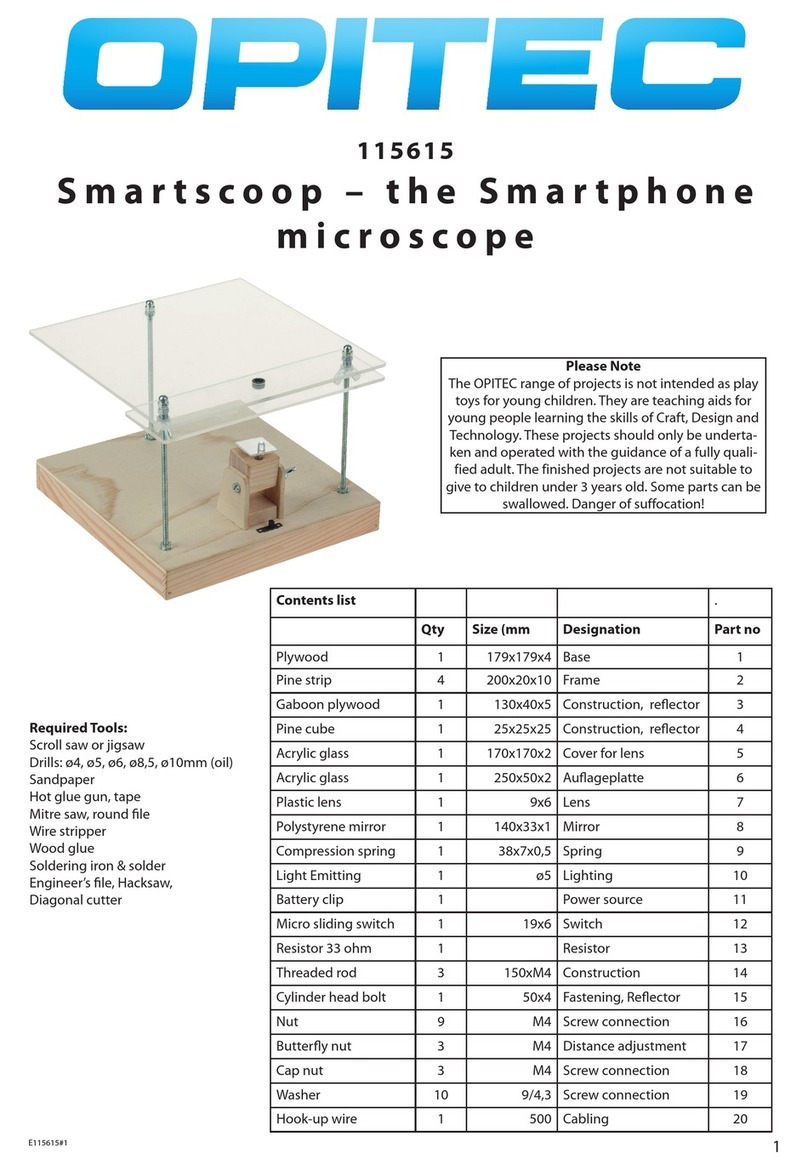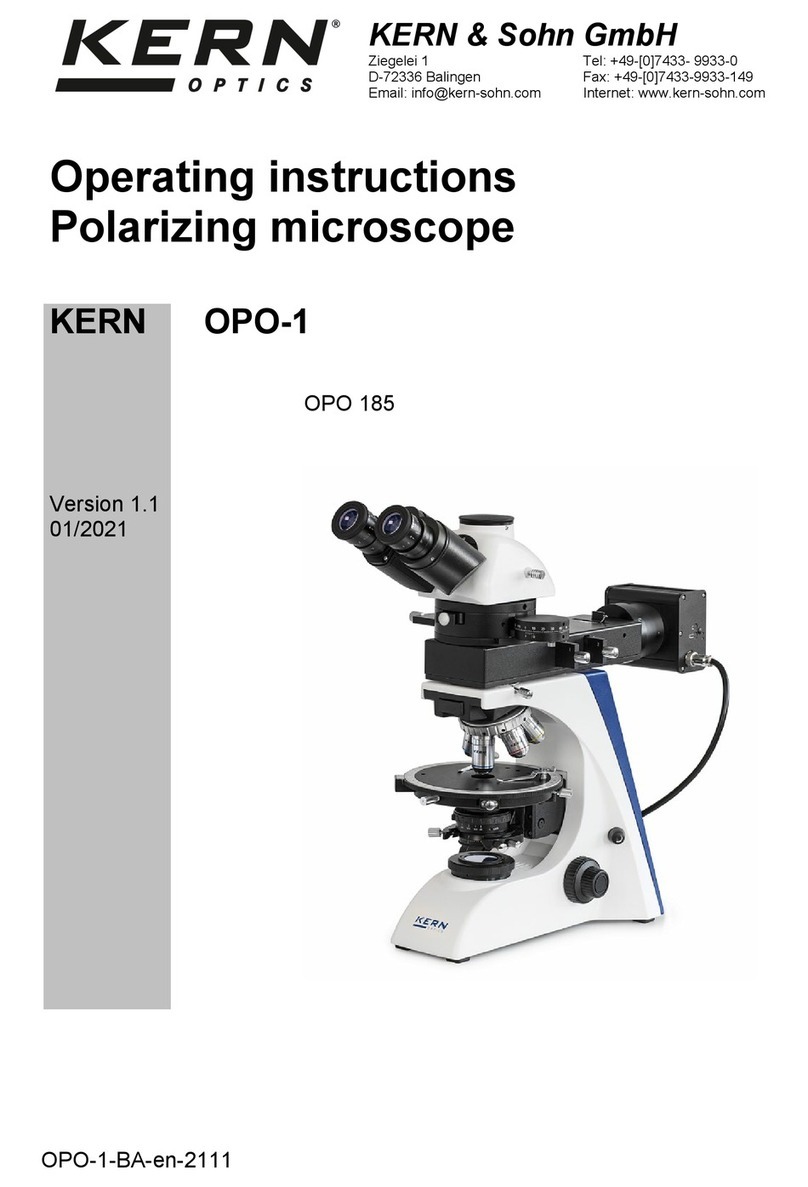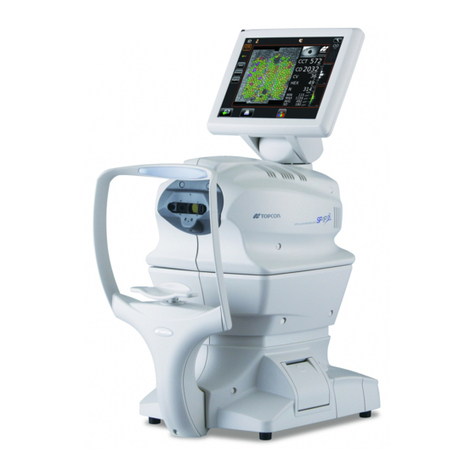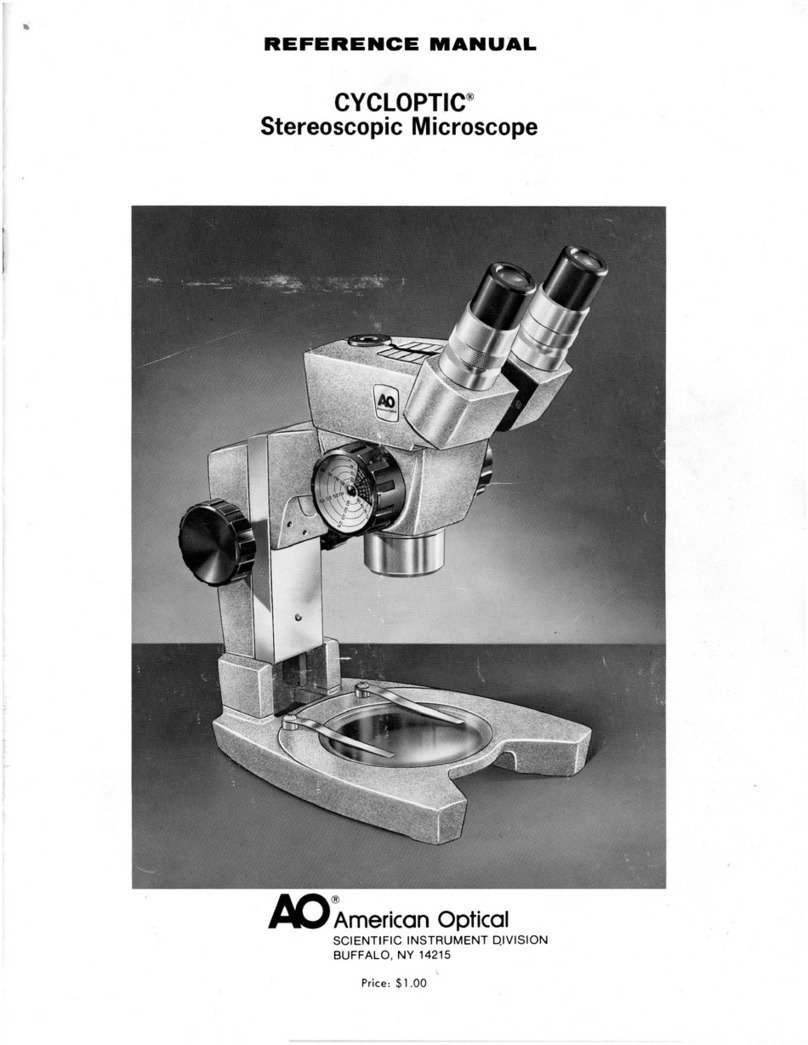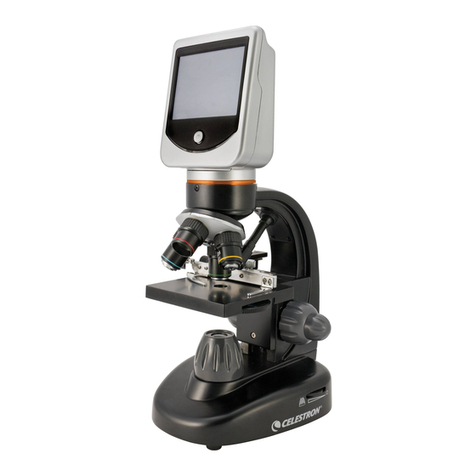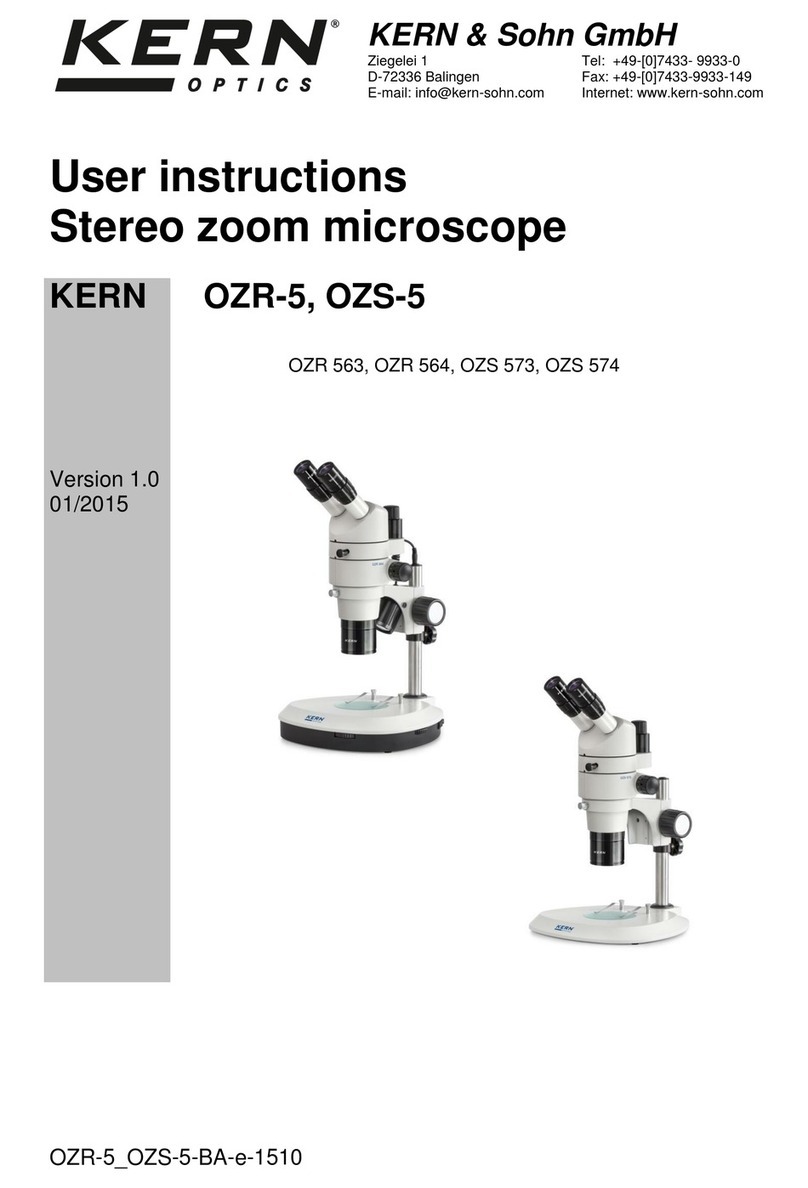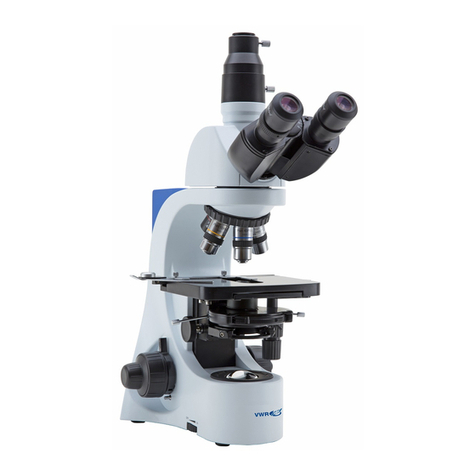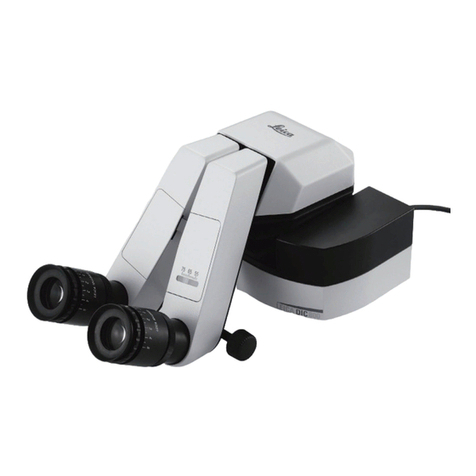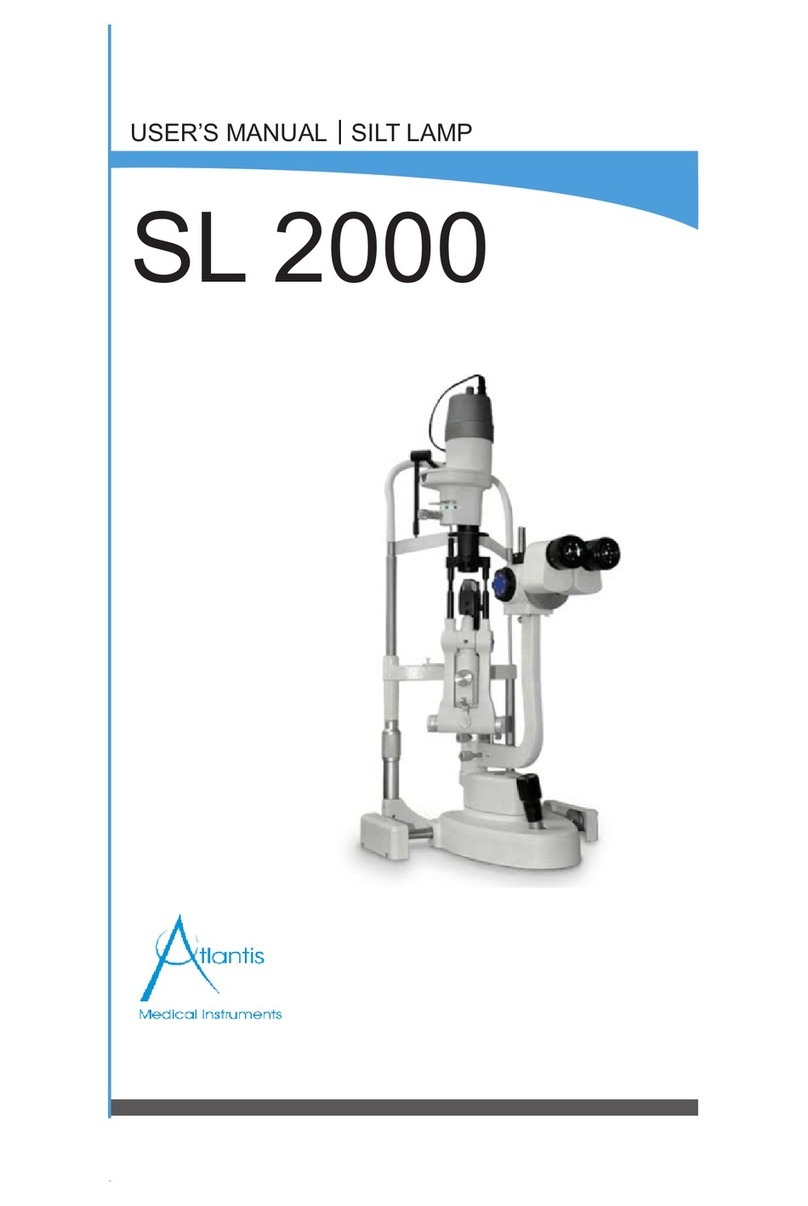9
World-class resolution and precision.
Objective lens
Circular confocal
pinhole
LED light
CCD
Photomultiplier
Laser
● World’s highest level of resolution
The optical system designed exclusively for use with 408-nm
laser light (violet opt system) prevents the occurrence of
aberrations associated with the use of a short-wavelength light
source, and brings the highest performance out of the 408-nm
light source. Such a high level of resolution has been made
possible by the confocal optical system having an optimized
circular pinhole and the high-
speed XY scanner with the
MEMS technology of Olympus.
With the world's highest-level
planar resolution, a line or space
of 0.12 µm can be resolved.
Additionally, the 0.01 µm height
resolution supports the user in
undertaking measurements of
microscopic surface profiles.
Basic concept of a light path in the violet opt system
Basic concept of the two-dimensional scanner
Multiple points
at peak
intensity
Intensity
Height
MEMS scanner
Incident light
Scan pattern
0.12 µm line and space 14,400x
● Further advanced, the world’s highest level of
repeatability
Advanced optical techniques of Olympus accumulated over
years have made possible the planar measurement
repeatability of 3σ= 0.02 µm and the height measurement
repeatability of 3σ= 0.04 + 0.002L mm (L = measured length
in µm). A guide with high performance in terms of straightness
and a high-precision linear scale are used for Z-axis scanning.
These parts combined with the further advanced CFO search
function contribute to very high level of repeatability. The high
degree of reliability makes it possible for LEXT to meet the
highly demanding needs of diverse fields of research and
industry.
● Measurements that can be trusted
Highly reliable data can be provided based on the strict
traceability system that is linked with the JCSS (Japan
Calibration Service System). JCSS Japan Calibration Service System
Block Gauge
OLYMPUS
Stabilized He-Ne Laser
Calibration standard Calibration block
LEXT (OLS3100)
Traceability chart
Japan (NMIJ/AIST)
CFO search function
The original I-Z curve is
drawn based on the upper,
high-luminance points, and
maximum luminance values
are calculated with high
accuracy by using an
advanced formula. The high
repeatability of LEXT is
made possible through the
height data being obtained
in this process.
